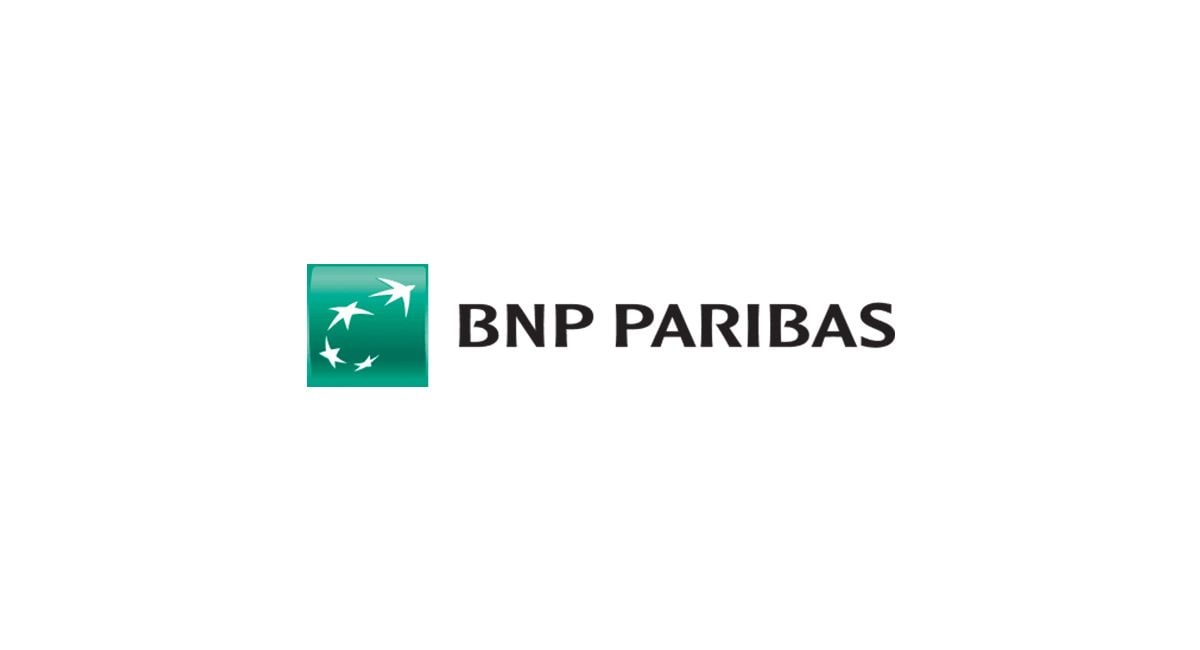The Art of Stabilisation: Understanding Post-Stabilisation Notices
July 27, 2024, 9:41 am

Location: United States, North Carolina, Charlotte
Employees: 10001+
Founded date: 2009

Location: Belgium, Brussels-Capital, Brussels
Employees: 1001-5000
Founded date: 1958
In the world of finance, clarity is a rare gem. Among the jargon and legalese, the Post-Stabilisation Notice shines a light on the often murky waters of securities trading. These notices serve as a beacon for investors, signaling the end of a stabilisation period for newly issued securities. But what does this mean? Let’s break it down.
At its core, a Post-Stabilisation Notice informs the market about the actions—or lack thereof—taken by stabilising managers after a security’s issuance. Think of it as a report card for a new financial product. It tells investors whether the stabilising managers intervened to support the security’s price after its launch.
The recent notices from DZ Bank AG illustrate this process. On July 26, 2024, two separate notices were released, each detailing different securities issued by the European Union. The first notice concerned a fixed-rate security due on October 5, 2029, with an aggregate nominal amount of EUR 5 billion. The second notice detailed a larger security, worth EUR 10 billion, maturing on March 5, 2054. Both securities were listed on the Luxembourg Stock Exchange.
Why is this important? Stabilisation is a safety net. When a new security hits the market, it can be volatile. Prices may swing wildly as investors react to news, trends, and market sentiment. Stabilising managers, typically large financial institutions, step in to buy or sell securities to maintain price stability. This is akin to a lifeguard at a pool, ensuring that no one drowns in the chaos of trading.
However, in both notices, DZ Bank AG declared that no stabilisation actions were taken. This is significant. It suggests that the market was stable enough on its own. The absence of intervention can be a sign of confidence. Investors may view this as a positive indicator, suggesting that the securities are well-received and that demand is strong.
The details of these securities are crucial. The first security had an offer price of 99.64%, while the second was offered at 96.418%. These prices reflect the perceived value of the securities at the time of issuance. A higher offer price often indicates strong demand, while a lower price may suggest caution among investors.
The maturity dates also play a role. A security maturing in 2029 is less risky than one maturing in 2054. The longer the maturity, the more uncertainty looms. Economic conditions, interest rates, and geopolitical events can all impact long-term securities. Investors must weigh these factors carefully.
The stabilisation period is another key element. It typically lasts for 30 days post-issuance. During this time, stabilising managers can over-allot securities, meaning they can sell more than they own to meet demand. This practice can help to prevent sharp price declines. However, the notices confirmed that no such actions were taken. This lack of intervention could indicate that the market was functioning smoothly.
The legal language in these notices is dense. Phrases like “not for distribution, directly or indirectly, in or into the United States” serve as a reminder of the regulatory landscape. The financial world is governed by strict rules. These rules protect investors but can also create barriers. For example, the notices explicitly state that they do not constitute an invitation to buy or sell securities. This is a protective measure, ensuring that all parties are aware of the legal implications.
Investors must navigate this complex terrain. Understanding the implications of a Post-Stabilisation Notice is vital. It can influence investment decisions and market perceptions. A notice indicating no stabilisation can boost confidence, while one that reports extensive intervention might raise red flags.
In essence, these notices are a snapshot of market health. They provide insights into investor sentiment and the stability of new securities. The recent notices from DZ Bank AG highlight the importance of transparency in financial markets. They remind us that behind every number, there’s a story.
As the financial landscape evolves, so too will the tools we use to understand it. Post-Stabilisation Notices are just one piece of the puzzle. They help investors make informed decisions, guiding them through the fog of uncertainty.
In conclusion, the art of stabilisation is a delicate dance. It requires skill, timing, and a keen understanding of market dynamics. The recent notices from DZ Bank AG serve as a reminder of the importance of this process. They illuminate the path for investors, helping them navigate the often turbulent waters of securities trading. As we move forward, let’s embrace the clarity these notices provide. In a world filled with noise, they are a welcome silence.
At its core, a Post-Stabilisation Notice informs the market about the actions—or lack thereof—taken by stabilising managers after a security’s issuance. Think of it as a report card for a new financial product. It tells investors whether the stabilising managers intervened to support the security’s price after its launch.
The recent notices from DZ Bank AG illustrate this process. On July 26, 2024, two separate notices were released, each detailing different securities issued by the European Union. The first notice concerned a fixed-rate security due on October 5, 2029, with an aggregate nominal amount of EUR 5 billion. The second notice detailed a larger security, worth EUR 10 billion, maturing on March 5, 2054. Both securities were listed on the Luxembourg Stock Exchange.
Why is this important? Stabilisation is a safety net. When a new security hits the market, it can be volatile. Prices may swing wildly as investors react to news, trends, and market sentiment. Stabilising managers, typically large financial institutions, step in to buy or sell securities to maintain price stability. This is akin to a lifeguard at a pool, ensuring that no one drowns in the chaos of trading.
However, in both notices, DZ Bank AG declared that no stabilisation actions were taken. This is significant. It suggests that the market was stable enough on its own. The absence of intervention can be a sign of confidence. Investors may view this as a positive indicator, suggesting that the securities are well-received and that demand is strong.
The details of these securities are crucial. The first security had an offer price of 99.64%, while the second was offered at 96.418%. These prices reflect the perceived value of the securities at the time of issuance. A higher offer price often indicates strong demand, while a lower price may suggest caution among investors.
The maturity dates also play a role. A security maturing in 2029 is less risky than one maturing in 2054. The longer the maturity, the more uncertainty looms. Economic conditions, interest rates, and geopolitical events can all impact long-term securities. Investors must weigh these factors carefully.
The stabilisation period is another key element. It typically lasts for 30 days post-issuance. During this time, stabilising managers can over-allot securities, meaning they can sell more than they own to meet demand. This practice can help to prevent sharp price declines. However, the notices confirmed that no such actions were taken. This lack of intervention could indicate that the market was functioning smoothly.
The legal language in these notices is dense. Phrases like “not for distribution, directly or indirectly, in or into the United States” serve as a reminder of the regulatory landscape. The financial world is governed by strict rules. These rules protect investors but can also create barriers. For example, the notices explicitly state that they do not constitute an invitation to buy or sell securities. This is a protective measure, ensuring that all parties are aware of the legal implications.
Investors must navigate this complex terrain. Understanding the implications of a Post-Stabilisation Notice is vital. It can influence investment decisions and market perceptions. A notice indicating no stabilisation can boost confidence, while one that reports extensive intervention might raise red flags.
In essence, these notices are a snapshot of market health. They provide insights into investor sentiment and the stability of new securities. The recent notices from DZ Bank AG highlight the importance of transparency in financial markets. They remind us that behind every number, there’s a story.
As the financial landscape evolves, so too will the tools we use to understand it. Post-Stabilisation Notices are just one piece of the puzzle. They help investors make informed decisions, guiding them through the fog of uncertainty.
In conclusion, the art of stabilisation is a delicate dance. It requires skill, timing, and a keen understanding of market dynamics. The recent notices from DZ Bank AG serve as a reminder of the importance of this process. They illuminate the path for investors, helping them navigate the often turbulent waters of securities trading. As we move forward, let’s embrace the clarity these notices provide. In a world filled with noise, they are a welcome silence.

